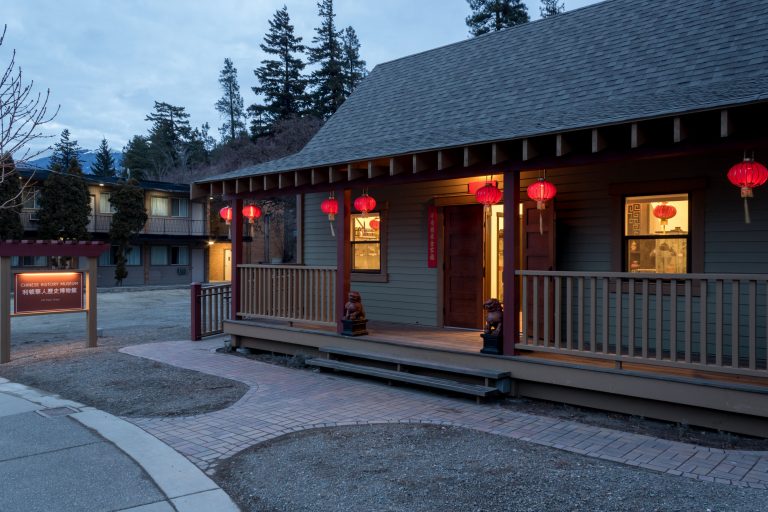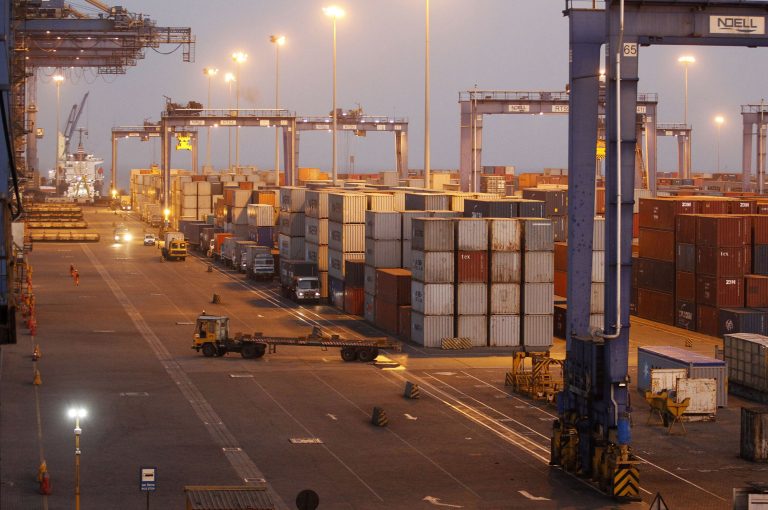A massive wildfire during an unprecedented heat wave in the Canadian province of British Columbia resulted in multiple injuries and at least two fatalities. As it incinerated the primarily First Nations Village of Lytton, an additional casualty was claimed: the Lytton Chinese History Museum.
The Museum was established after a Canadian couple, Lorna and Bernie Fandrich, purchased an empty parcel of land in the village in 1980. After the acquisition, the duo were given a copy of a newspaper article from 1934 that talked about a Joss House, a kind of Chinese temple, formerly being erected on their newly purchased lot.
According to the museum’s website, the original Joss House was built in 1881 and served as a guest house and a communal building in addition to a place where Bodhisattva Guan Yin and Shen Nong, the Divine Farmer, were worshiped alongside other Chinese mythological figures.
In 2016, the site was granted heritage status by the BC government.
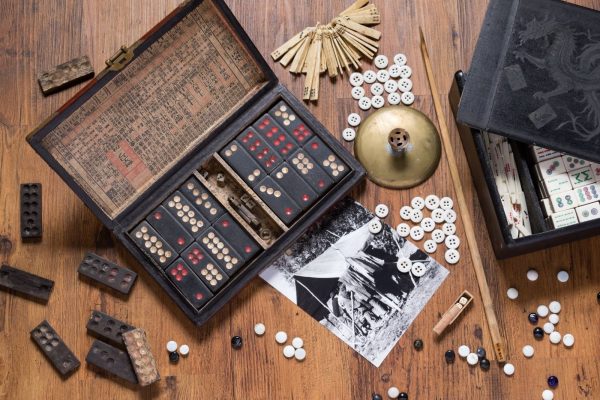
In 2014, the owners decided to build a museum honoring Chinese culture on their parcel. The Lytton Chinese History Museum opened its doors to the public in 2017 and was awarded the Heritage BC Award for Outstanding Education and Awareness in 2019.
Success
You are now signed up for our newsletter
Success
Check your email to complete sign up
The facility had purchased several hundred artifacts from the caches of local aficionados, and boasted a final collection of more than 1,600 pieces. Among them were archives and books, many of which were historical records of Chinese immigrants who went to BC in the early days of Canadian history for the gold and jade rushes and the building of the Canadian Pacific Railway. The records documented the discrimination and hardships they faced in the community.
Inferno
At the end of June, the area around the Village of Lytton and much of Western Canada and the Pacific Northwest experienced a historic heat wave caused by a peculiarly severe high pressure dome. On June 28, the village set a new all-time high temperature for Canada at 49.6 C (121.28 F). The temperature was so hot it eclipsed the hottest temperature ever recorded in Las Vegas, Nevada, at 47.2 C (116.9 F).
Lytton had already set a new record the day before at 46.1 C (114.98 F).
On June 30, a wildfire broke out and quickly burned out of control, incinerating more than 7,600 hectares of forest, including the majority of the Village of Lytton.
Reuters released aerial video footage of what remained of the village, revealing that the majority of homes and buildings had been rendered to ash. The fire is estimated to have caused $100 million CAD in damages.
A BC Wildfire Service spokesperson told Globe and Mail they believed the blaze was caused by human activity, “The specific cause, that’s still under investigation, but there’s a fair certainty that it was started within the community, which then spread to the bush.”
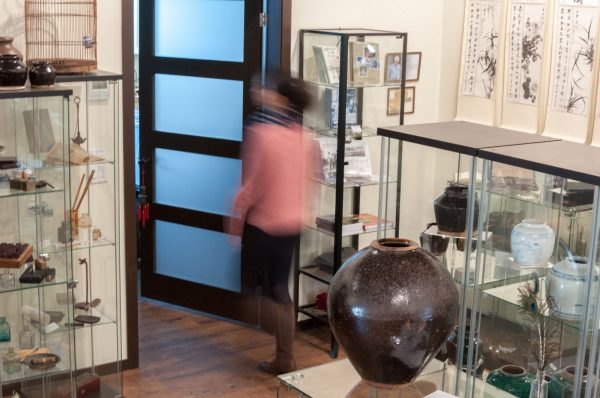
The Globe article stated British Columbia has already suffered 633 wild fires this season, destroying 83,000 hectares of land in total, exceeding what was lost in 2019 and 2020 combined. The fires and the heat wave combined were additionally believed to have caused hundreds of deaths in the Province, mostly seniors living alone.
On June 26 the Museum’s Facebook page posted a kindhearted update for the public saying “For all those looking to escape the heat, our doors are open and the place is cool,” alongside a photo of a Chinese ceramic decanter, two glasses of water, and two flower-shaped candle holders.
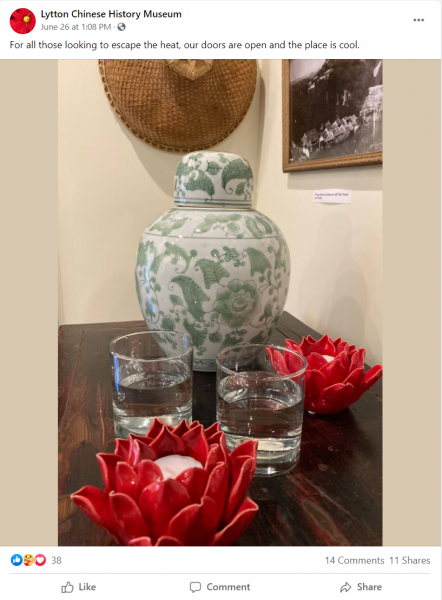
The Facebook page updated with the somber news of the Museum’s destruction, including a photo, on July 2, “I am so saddened to say that the Lytton Chinese Museum was totally burned in the Lytton fire. The photo is taken by what used to be my son’s house and all that remains of the museum are the rock walls in the background.”
“It was surprising for a small town like Lytton to boast a museum of such quality,” Sarah Ling, President of Chinese Canadian Historical Society of British Columbia told South China Morning Post.
“That’s what’s striking, and to have someone like Lorna who isn’t of the Chinese community, but has that true appreciation of the Chinese history that occurred in the interior — to resurrect that space, to honour that history and celebrate it was quite a rare thing.”
In a July 4 interview with CTV News, Fandrich said the real tragedy was the loss of the traditional Chinese cultural artifacts in the Museum’s collection, “It’s easy enough to build a new building, but the artifacts, those can’t be replaced because they’re actually from this community.”
She also said her escape from the blaze as it abruptly swept through Lytton was truly fortunate, “I usually stay there until 5 (in the evening) but I decided to go home at 3:30 that day so I’m so thankful because when the fire came through so quickly, I wouldn’t have been able to get out of the basement if I was still there.”
Fandrich also said her goal when she built the Museum was that visitors might “Go home and think about or research what the Chinese contribution was, and not just the wrongs that were done to Chinese people but also how resilient they were and how they actually started so many businesses in small towns and how they maintained their livelihood.”
Fortunately, the Lytton Chinese Museum of History had catalogued its entire collection digitally as it was created, making it available to the public to view online. The server is housed in Lytton, however, which is currently without electricity. It is anticipated to be back online in the future.



